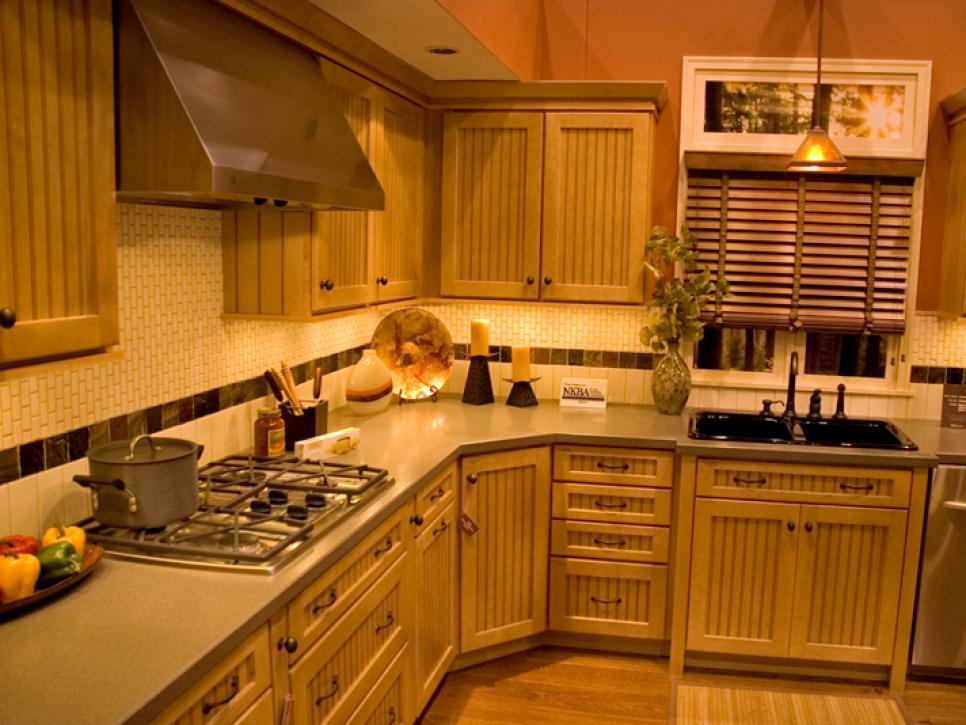Kitchen wash basins are available in many styles, shapes, and sizes. Some are designed with rounded edges, while others are boxy with defined corners. Either type can be a good choice depending on your kitchen design. You may want to choose a corner basin if space is a constraint, but you will also save counter space by having a corner sink. Here are some advantages of corner sinks. They can also be used with under-the-sink garbage disposals and pull-out shelves.
When choosing a kitchen wash basin tap, consider the size of the sink. Most sinks come with pre-drilled holes for hot and cold water. Choosing a faucet that fits your sink is important to ensure that it will fit perfectly. There are two basic types of spouts: single lever and double lever. Single lever faucets are easier to install and have only one lever for hot water. The double lever faucets provide water from both sides.
Another type of kitchen wash basin is a double-bowl sink. A double-bowl sink has two separate basins. One bowl is deep and the other is shallow. Double-bowl sinks are more convenient than single-bowl designs, but they tend to take up more space in the kitchen. However, you can save space by choosing a double-bowl sink if you have a larger kitchen. The design also comes with a drainboard that allows leftover water to drain into the second basin.
Before purchasing a new kitchen wash basin, make sure you know its dimensions. You must measure its width, length, and depth. A drop-in sink should be placed on the outer lip, while an under-mount sink should be positioned on the edge of the countertop. Ideally, the width of the sink should fit within the cabinet. Also, remember to account for the overhang of the sink lip. Depending on the style you choose, you will need more countertop space.
Another option is an island sink. These are smaller versions of a traditional sink and have a small basin that is 10 to 18 inches in diameter. They are often installed beneath the counter, resulting in no visible rim. They are also easy to clean. The sink will be accessible and will hold both hand and dish soap. A side-by-side design is a good option for kitchens without a dishwasher. These models are often equipped with an integrated soap dispenser.
The size of your sink should be proportional to the number of people living in the house. If you live with a couple, a typical kitchen sink will be adequate. A three or four-person household will need a larger sink with a deeper basin. Large families typically use a variety of pots, frying pans, and mixing bowls. With all these items, washing and cleaning a large sink can be a huge job.

















